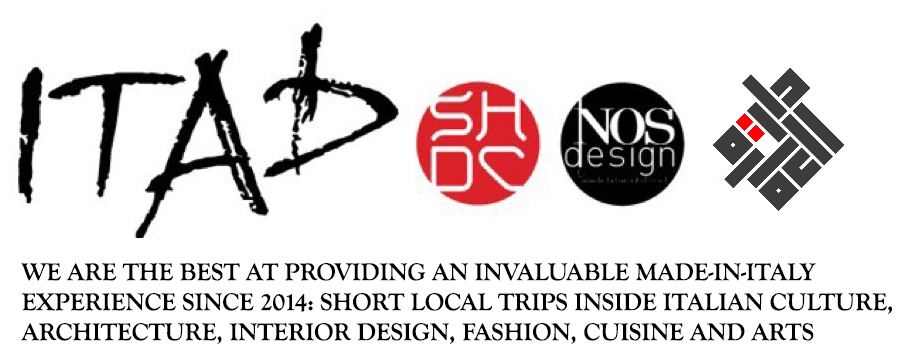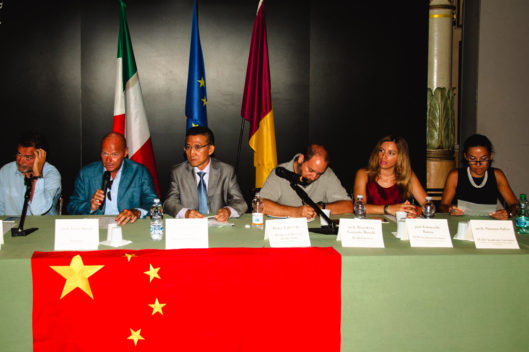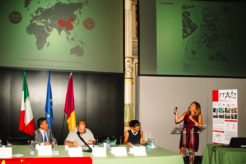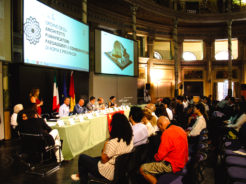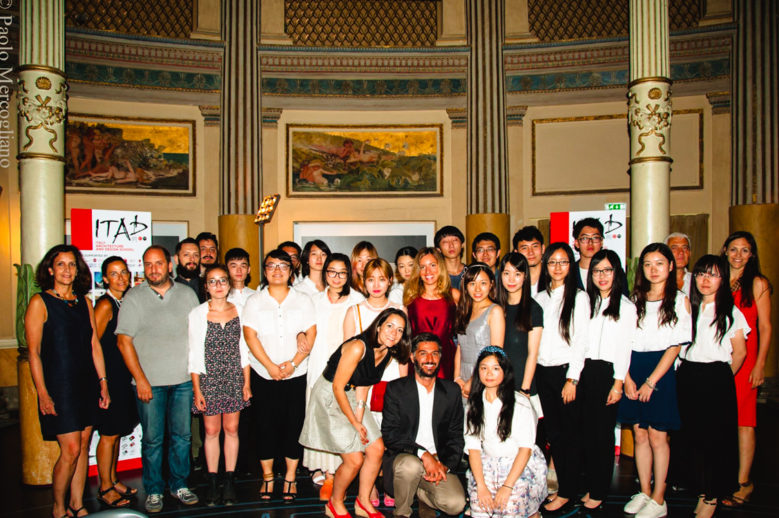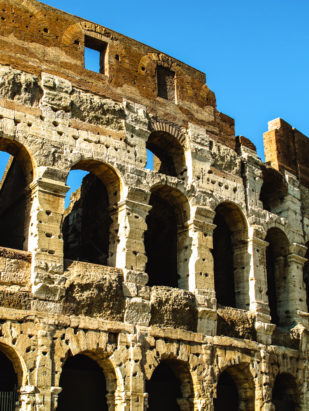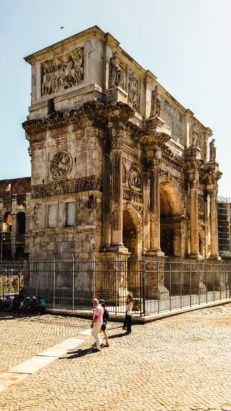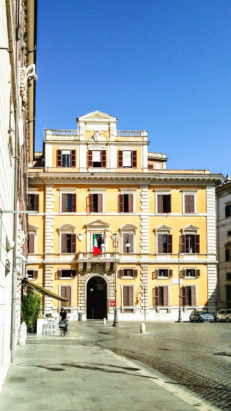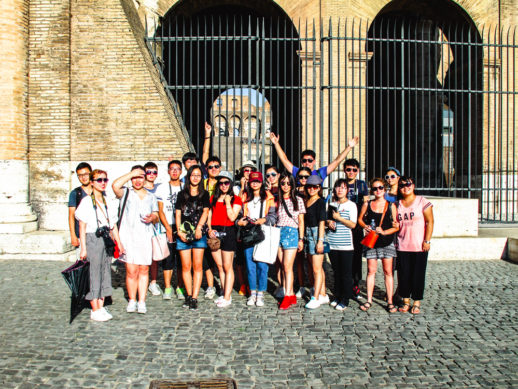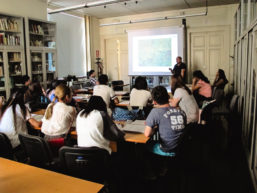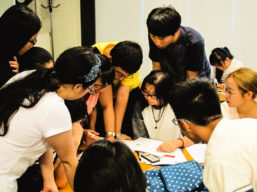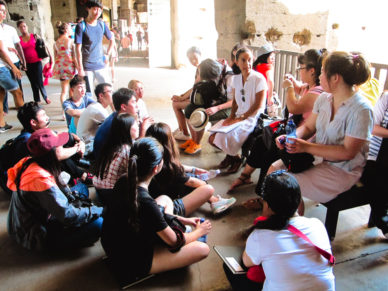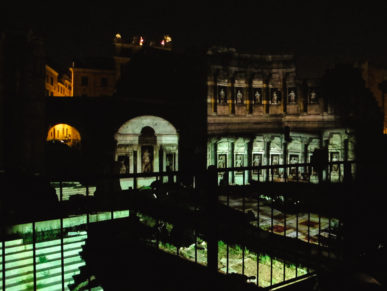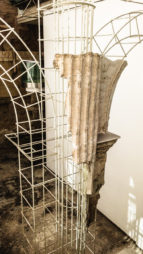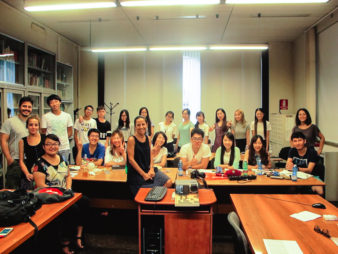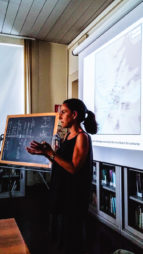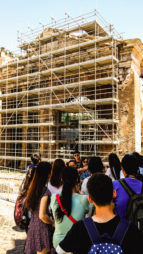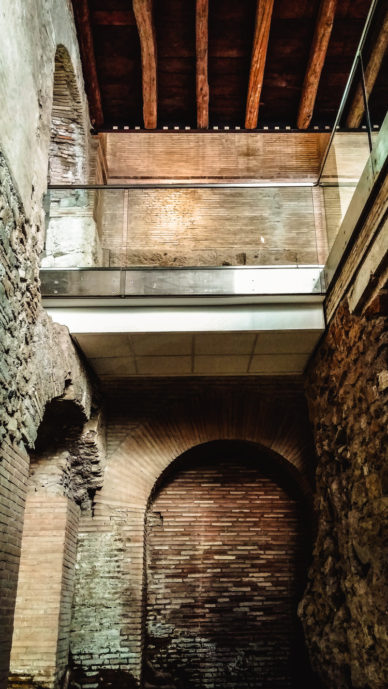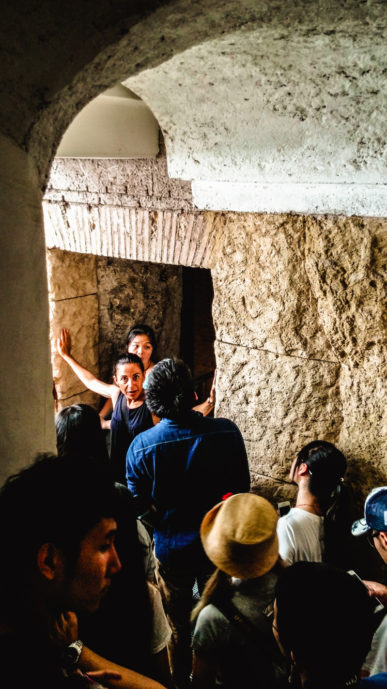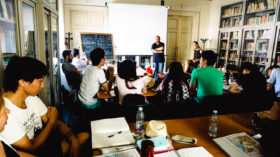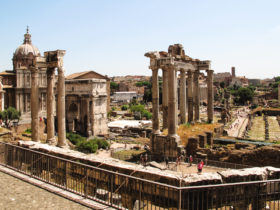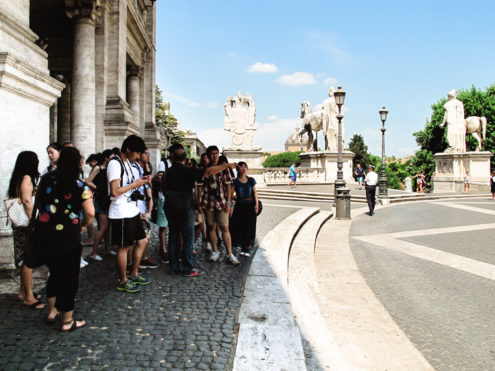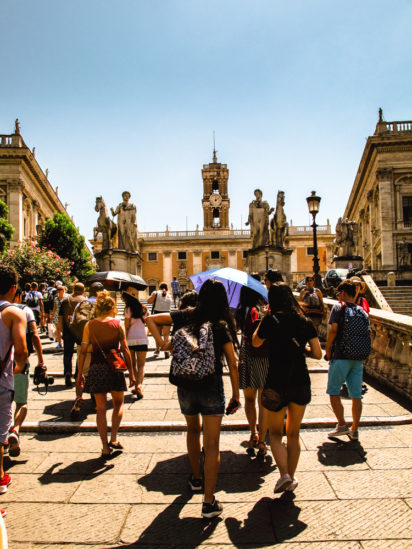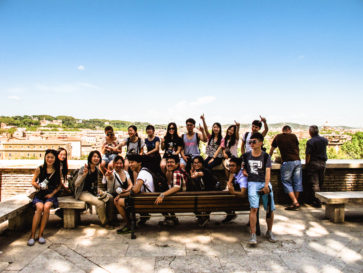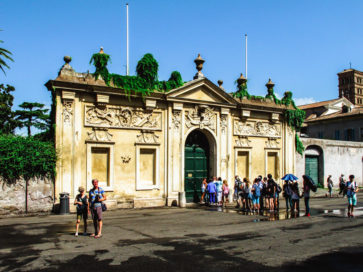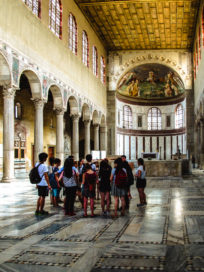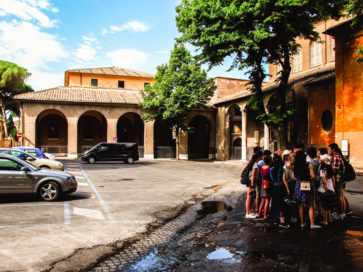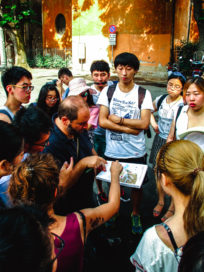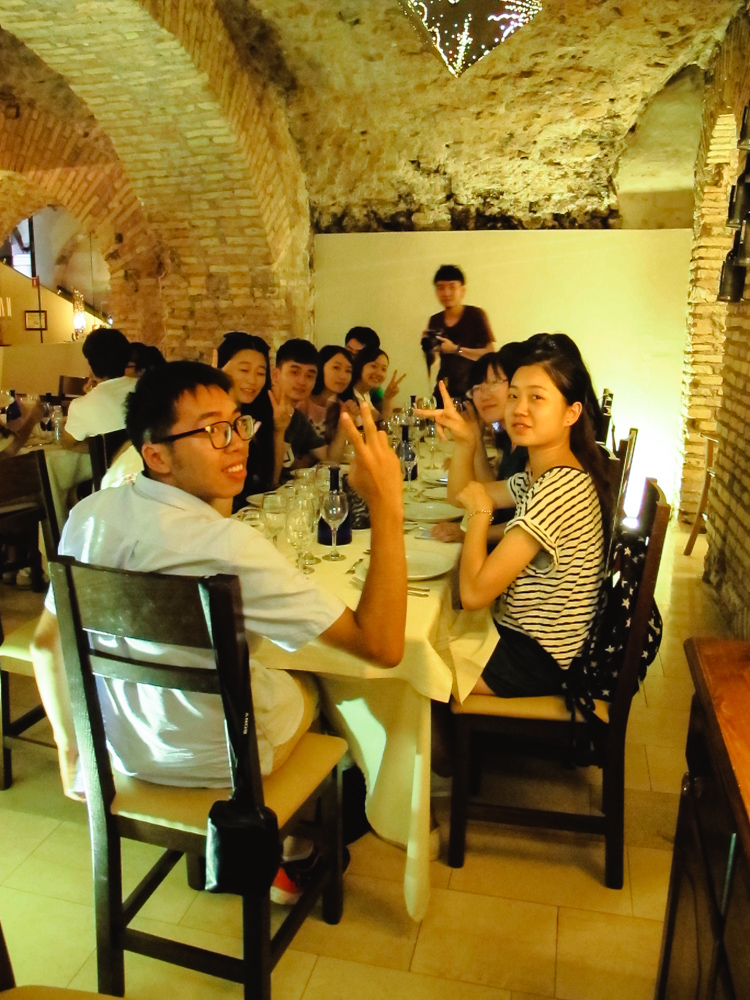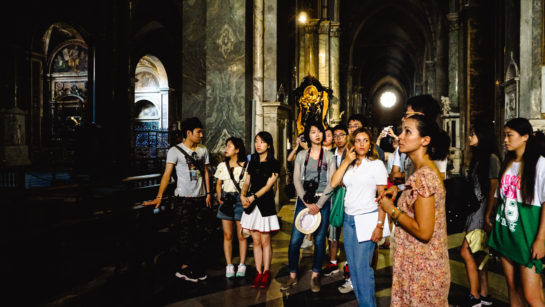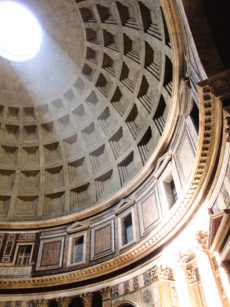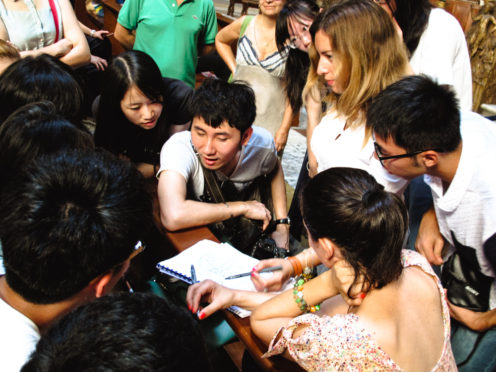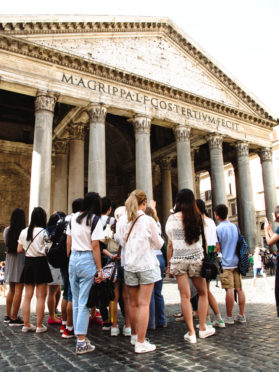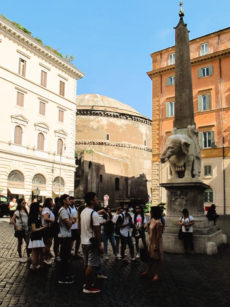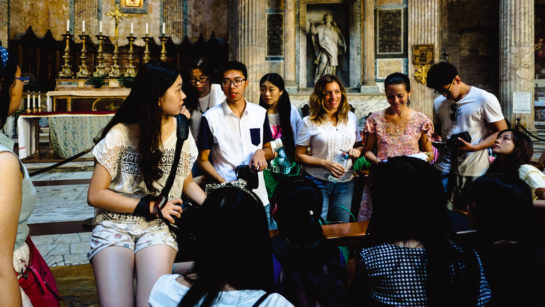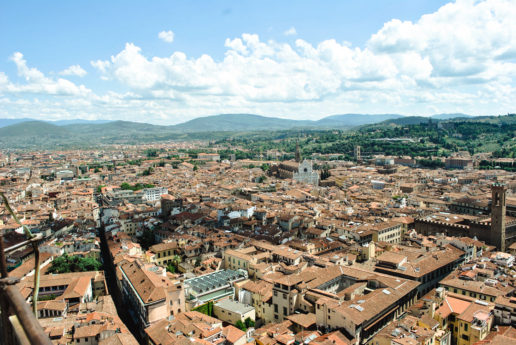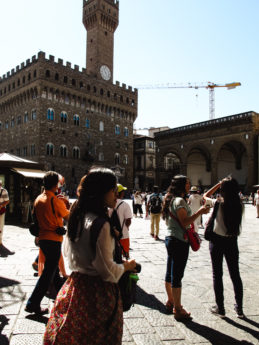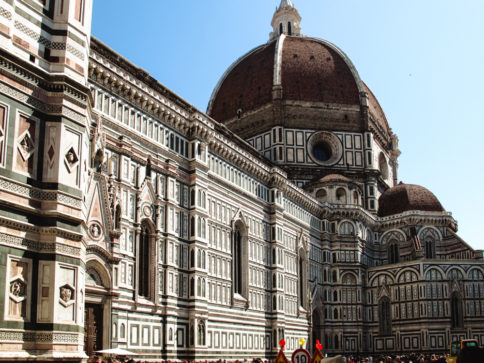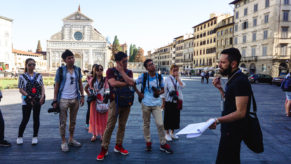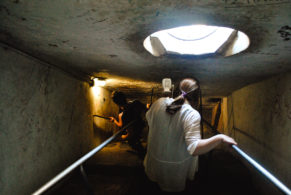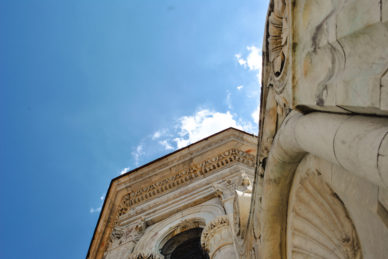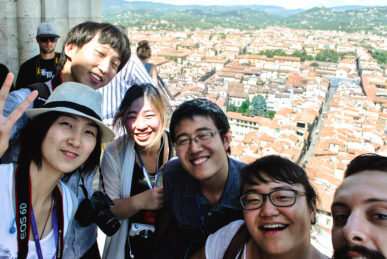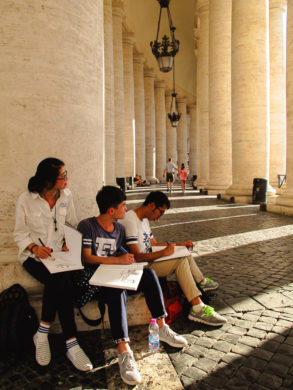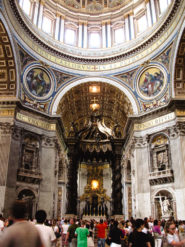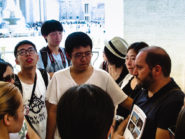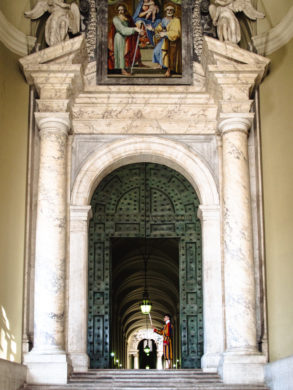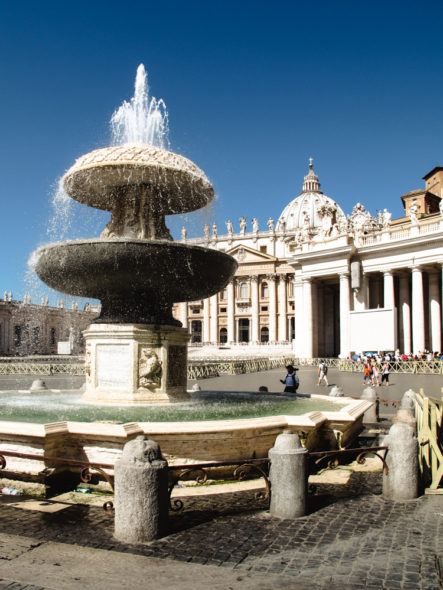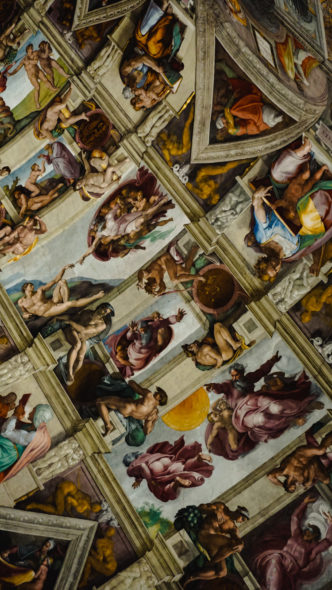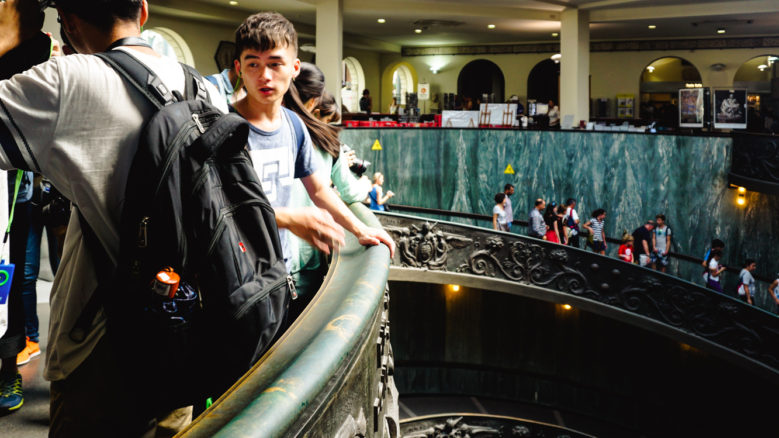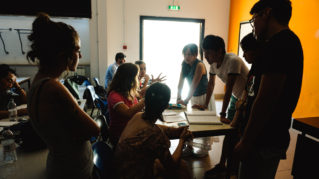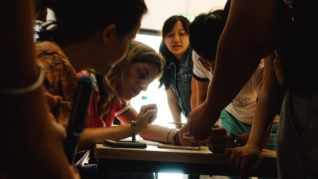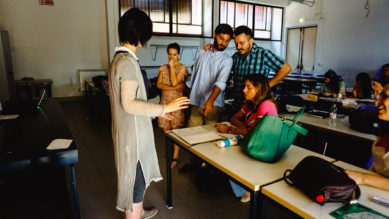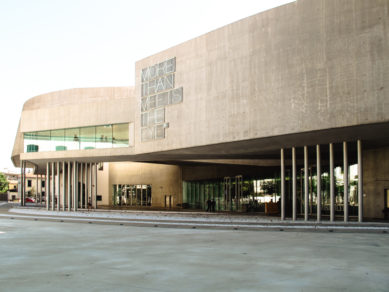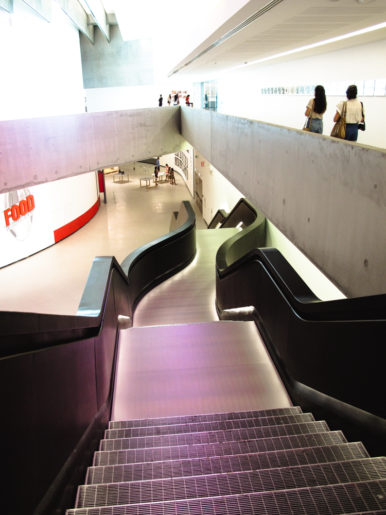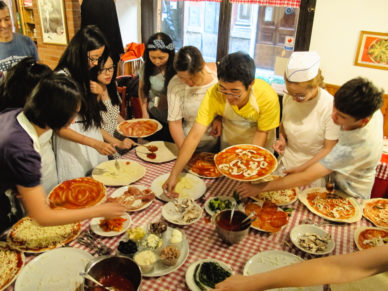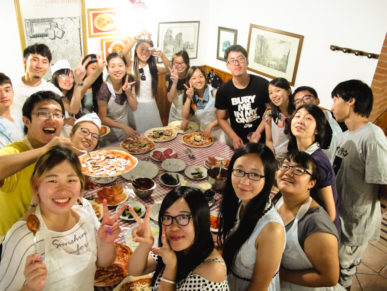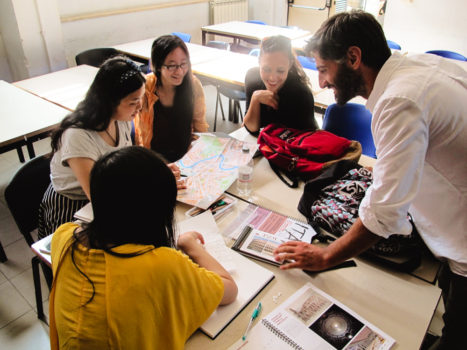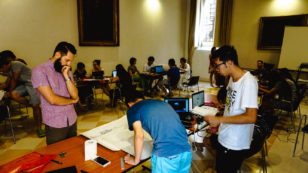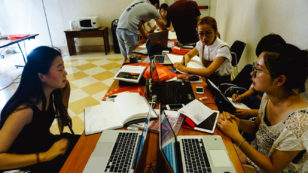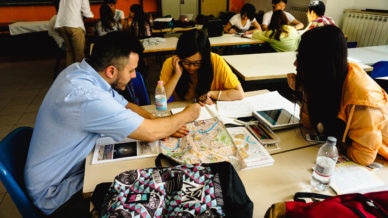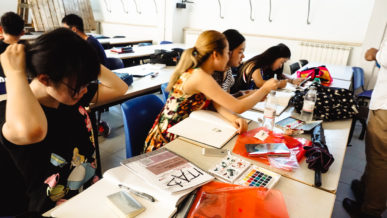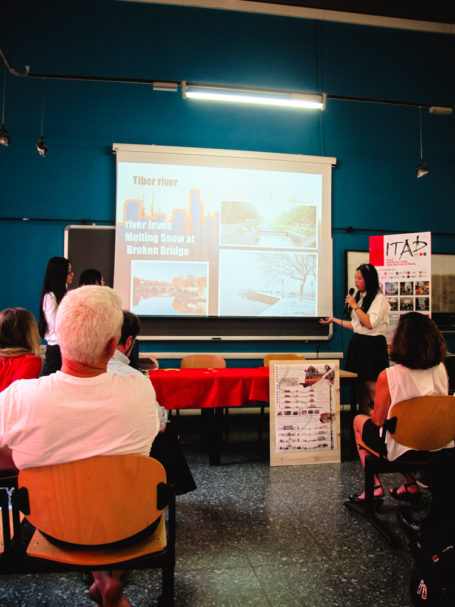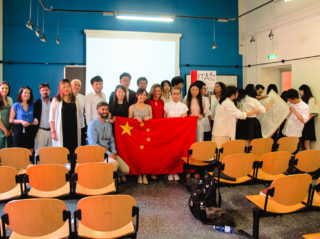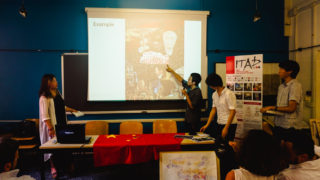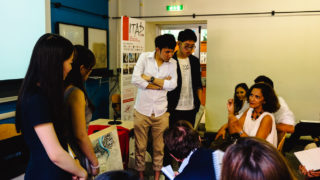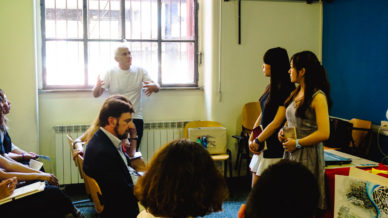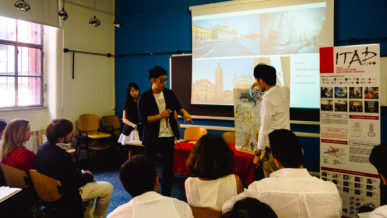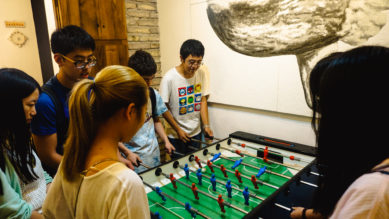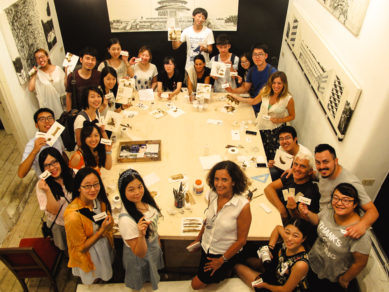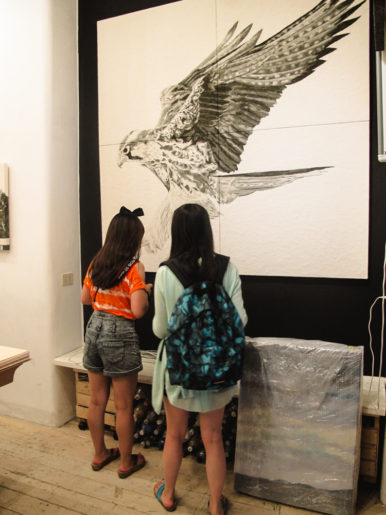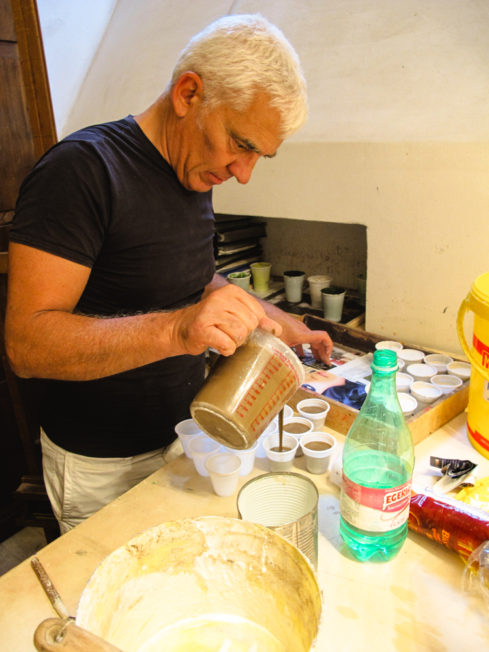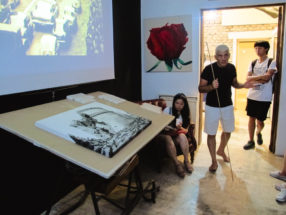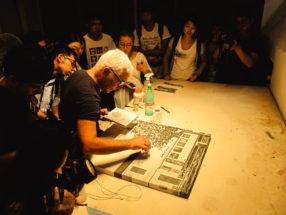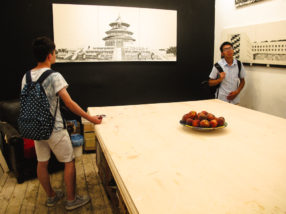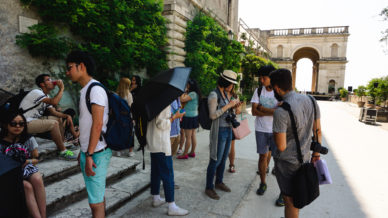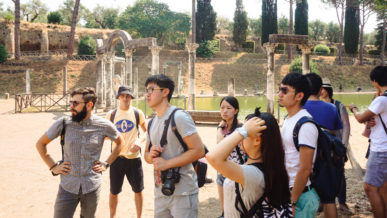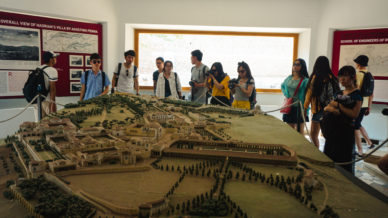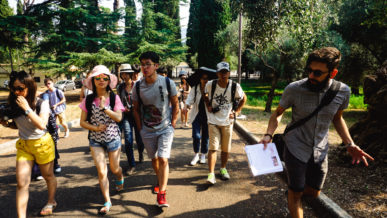WORKSHOP BRIEF: INVISIBLE ROME
The direct observation and mapping of Rome’s monumental lots will serve as a basis for the students’work and proposals throughout the workshop. In particular, students will observe the relationship between a building’s evolutional phase and the subsequent intervention proposals, trying to identify the different moments of transformation. This will help them to visualize and illustrate “time” through different means, revealing the invisible Rome. In the final stage students will have to express through any artistic or architectural mean (poster, comic, sketch, video, collage, plan, map) the latest immaterial or material layer that forms Rome of 2015. We are in the search of an expression of current times, or in other words visualize what is contemporary today. This new layer that we are exploring can be interpreted by three main definitive factors: what is modern in terms of material world? What is or could be the new use of each building in 2015? How users- citizens experience space? In this way, more than a “conventional” design workshop, we would therefore invite our students to work on a multi-layered mapping of the places they will visit. The final outcome should be a non-conventional map, not meant to crystallize only the conditions of a place at previous times, but capable of representing the dynamic motion of things today. What is Rome today? How does the users’ behaviour modify space? How do new ways of using the old spaces, new practices, and new technologies serve as a new layer that could represent Rome 2015? What would it be the means and ways to represent the modern, the contemporary. This new artistic expression should not be limited to an “act of looking” alone: a critical interpretation will be required, where, starting from the visual documentation and drawings, the students will have to provide a sort of “map of the present”, imagining how a given spatial situation is today. This is a group work, made up by 3 groups of 4 students and 2 groups of 3 students.
A JOURNEY THROUGH TIME OF ROMA KEY TYPOLOGIES
– Roman Forum
– Fori Imperiali
– Colosseum
– Pantheon
– Piazza Navona (Stadio di Domiziano)
– Campidoglio
– Saint Peter’s Basilica and Square
– Crypta Balbi
– MAXXI Museum
– Parco della Musica
– Palazzo Valentini
– Piazza di Spagna (Spanish Steps)
– Piazza delPopolo (People’s Square)
– Villa Adriana
– Villa d’ Este
– Santa Maria del Fiore Cathedral (Florence)
Before each visit, you will receive:
– Brief descriptions [Project Name, Location, Year, Architect, famous statements]
– Site Context
– Figure-Ground [Nolli Plan]
B. EXPLORING INVISIBLE ROME – TIME IN THE KEY TYPOLOGIES
The analysis – drawn in plans, sections, axonometric, free hand drawings and diagrams – should cover
the following characteristics and considerations of the type:
1. Programmatic Components
2. Structural Components
3. Geometry
4. Materiality
5. Colour
6. Wall Patterns
7. Decorative Elements
8. Circulation
9. Urban Context
By mapping and redrawing the special characteristics of the key typologies, you will have the chance to get deeper with the periods of architecture of each place and the way time has been expressed on them. The objective of this mapping is exactly this: to get familiar with the different layers of architectural expressions and thus discover what does “stratification” of Rome means.
Photos of the Summer 2015 edition :
DAY 1 – Opening Ceremony at Casa dell’Architettura
DAY 2 – Roman Forum | Fori Imperiali | Colosseum and Augustus Night Show
DAY 3 – Crypta Balbi | Architectural lecture “Conservation attitudes in the italian culture” by Prof. Arch. Simona Salvo
DAY 4 – Campidoglio | Circo Massimo | Aventino Hill | Architectural lecture ““Architecture in Transformation” by Prof. Arch. Federico De Matteis + Group Session
DAY 5 – Pantheon | Domus Valentini + Drawing Session
DAY 6 – Florence + Drawing Session
DAY 7 – Vatican State : St. Peter’s Basilica and Sistine Chapel + Drawing Session
DAY 8 – Architectural Lecture “In between Buildings” by Prof. Arch. Nilda Valentin | MAXXI museum tour | Pizza Making
DAY 9 / 10 – Group Session with the ITAD team
DAY 11 – Closing Ceremony at Vallegiulia, Sapienza, University of Rome
DAY 12 – Art Workshop with the artist Massimo Catalani
DAY 13 – Villa Adriana and Villa D’Este
